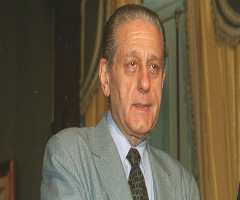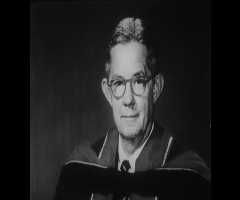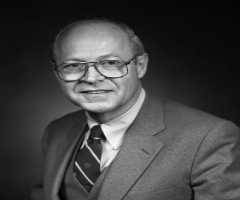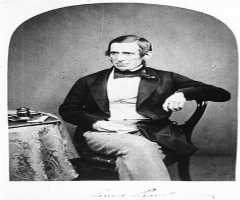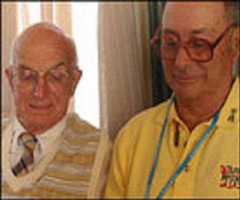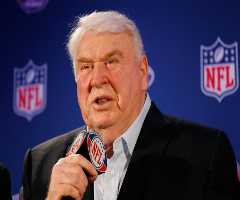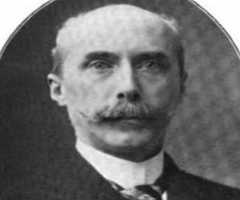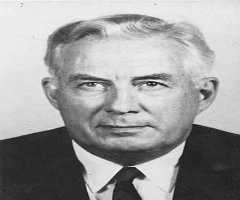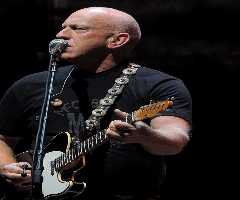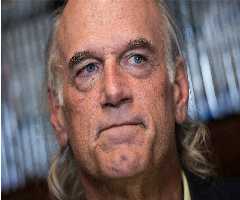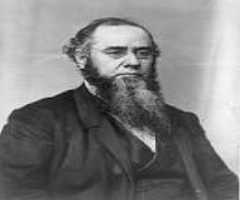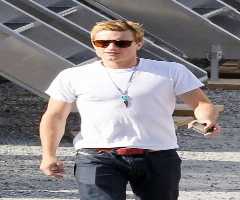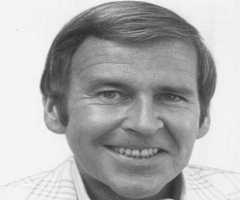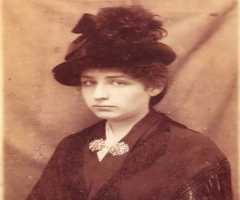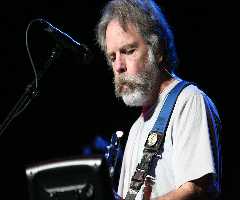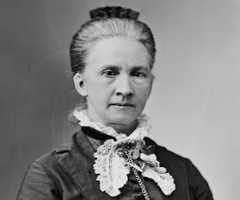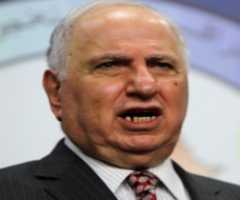Clarence Walton Lillehei Biography, Life, Interesting Facts
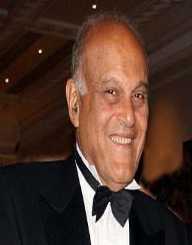
Birthday :
Died On :
Birth Place :
Minneapolis, Minnesota, United States of America
Zodiac Sign :
The first name which comes to mind when open heart surgery is mentioned is Clarence Walton Lillehei. If today the heart can be opened without any difficulties and complications it was all due to the first bold step by Clarence Walton Lillehei and his team. Call him a pioneer of open-heart surgery; Clarence Walton Lillehei was an American cardiac surgeon born on October 23, 1918. Better name as Walt within his circles, he was an integral member of the team that performed the world’s maiden successful open heart surgery. Through his initiative, many surgical techniques, equipment, and prostheses for cardiothoracic surgery came into existence.
Though Clarence Walton Lillehei was diagnosed with a rare form of cancer when he was young, it never prevented him from achieving his goals and years on became a top cardiologist. Trained at the University of Minnesota, Clarence Walton Lillehei received his residency training underDr Owen Wangensteen who was also a surgeon. Clarence Walton Lillehei retired from active surgery in his 50s due to poor sight.
Background
Clarence Clarence Walton Lillehei was born to Dr. Clarence IngvaldLillehei and Elizabeth LilianLillehei in Minneapolis, Minnesota. His father was a dentist and that was Walton’s initially vision when Clarence Walton Lillehei was young. As an intelligent young man, Clarence Walton Lillehei was able to dismantle and rearrange gadgets without difficult. At age 17, Clarence Walton Lillehei was enrolled at the University of Minnesota and had his first degree in Bachelor of Science with distinction in 1939, in 1942, he had M.D (Alpha and Omega), M.S in Physiology in 1951 and in the same year he did his PhD in surgery all at the University of Minnesota. Clarence Walton Lillehei did his surgical under Owen Wangensteen a surgeon and the Chairman of the department of surgery at the University of Minnesota
Career
Clarence Walton Lillehei worked in the department of surgery as a professor at the University of Minnesota between 1951 and 1967. It was at this that he participated in the maiden world successful open heart surgery using hypothermia. The team took inspiration from a previous surgery performed on the great vessel around the heart by Alfred Blalock at John Hopkins University in 1944. That surgery was done to relieve a patient of the symptoms of tetralogy of Fallot. After that successful surgery, it was proven that heart surgery was possible. On September 2, 1952, a team of surgeons including Lillehei and Dr F. John Lewis achieved the historic feat of a successful open heart surgery using hypothermia.
After the successful open heart surgery, Clarence Walton Lillehei explored other options since the hypothermia method only gave surgeons a maximum of 10 minutes for the surgery to be completed. This method had disadvantages because it couldn’t be used in complex congenital defects on the heart. To bridge this discrepancy, Clarence Walton Lillehei deduced the method of cross-circulation in which the donor was used for the pumping and oxygenation function while they are being operated upon. This method proved successful and was used in 1954 to repair a ventricular septal defect. In the next year, cross circulation was used on 45 patients of which 32 of them survived.
Clarence Walton Lillehei and Richard Dewall also introduced the bubble oxygenator in 1955 to replace the use of human donor for the oxygenation process. Clarence Walton Lillehei was also the first surgeon to use the cardiac pacemaker invented by Earl Bakken which was portable and powered by a battery in 1958. Clarence Walton Lillehei also partnered with Professor Moshe Gueron and Professor Morris J. Levy to do the first cardiac puncture catheterization research to address it predominance in 1964. Clarence Walton Lillehei did several other surgeries and designed and invented equipment which made surgery easy. Some of which includes Clarence Walton Lillehei-Nakibtoroidal disc, 1996, the Lillehei-Kaster pivoting disc, 1967, and the Kalke-Lillehei rigid bi-leaflet prosthesis, 1968, among several others.
Throughout his career, Clarence Walton Lillehei impacted on other through training. He trained over 150 cardiac surgeons from 40 countries. Some of the famous names include Norman Shumway, Christian Barnard, and Adrian Kantrowitz. Clarence Walton Lillehei was appointed a professor and chairman of the Cornell Medical Center surgery department in 1967. In 1975 Clarence Walton Lillehei became the director of medical affairs at the St Jude Medical, Inc and was also appointed by the University of Minnesota to the Department of Surgery as a clinical professor.
Honors
Clarence Walton Lillehei was the president of the American College of Cardiology from 1966 to 1967 he was honored with the Bronze Star for his service in World War II in Italy, Lasker Award in 1955, and in 1959 the Columbian government honored him with the Order of Health Merit Jose Fernandez Madrid. Others included induction into the Minnesota Inventors Hall of Fame in 1993 and Harvey Prize in Science and Technology in 1996.
Personal Life
Clarence Walton Lillehei was married to Katherine Ruth Lillehei in 1946. The couple had four children. He died in 1999 and was buried at the Fort Snelling National Cemetery.
More Surgeons
-
![Rene Geronimo Favaloro]()
Rene Geronimo Favaloro
-
![Joseph Lister]()
Joseph Lister
-
![Alfred Blalock]()
Alfred Blalock
-
![Charles Horace Mayo]()
Charles Horace Mayo
-
![James Paget]()
James Paget
-
![Joseph E. Murray]()
Joseph E. Murray
